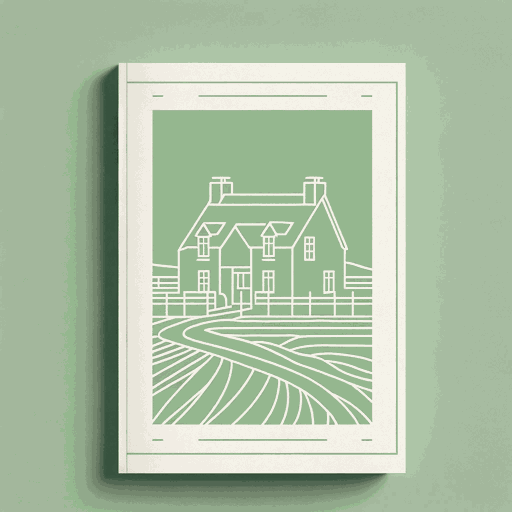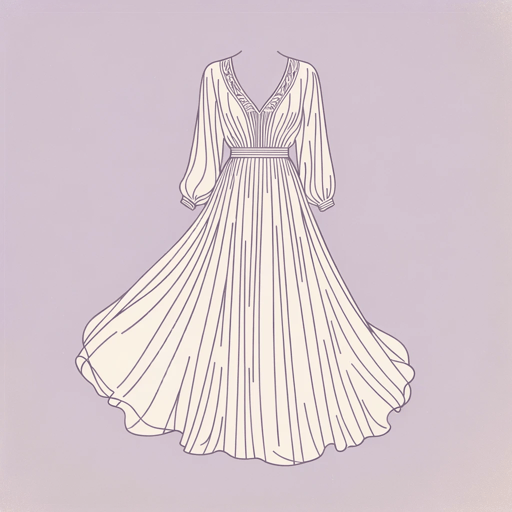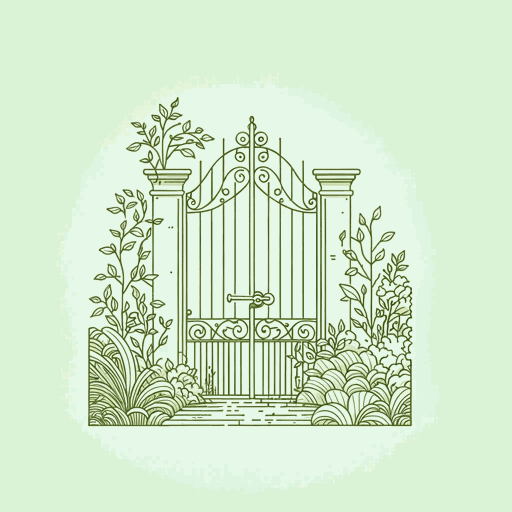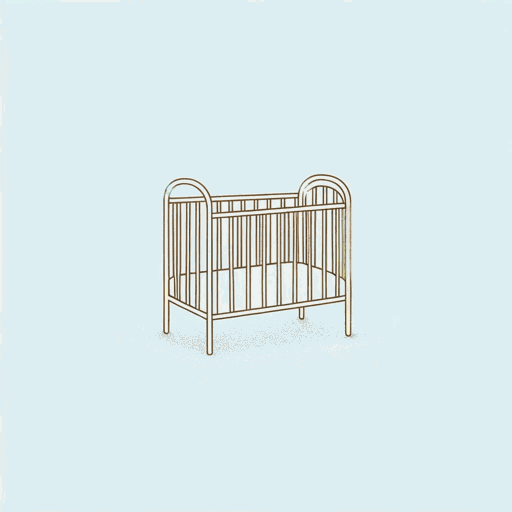55 pages • 1 hour read
Kate MortonThe Secret Keeper
Fiction | Novel | Adult | Published in 2012A modern alternative to SparkNotes and CliffsNotes, SuperSummary offers high-quality Study Guides with detailed chapter summaries and analysis of major themes, characters, and more.
Summary and Study Guide
Overview
The Secret Keeper is a work of adult historical fiction written by New York Times bestselling author Kate Morton and published by Atria Books in 2012. The novel follows Laurel Nicolson, who in 1961 watches her adored mother murder a stranger that comes upon their country home. Fifty years later, as her mother Dorothy Nicolson lies dying, Laurel investigates the stranger’s identity and her mother’s reasons for this crime of self-defense. Intertwined with Laurel’s quest is the story of young Dorothy Smitham and her suitor Jimmy Metcalfe, a photographer who, during the London Blitz, becomes embroiled in Dorothy’s plot against her former friend, Vivien Jenkins. As the events of May 1941 come to light, Dorothy’s secret reframes everything Laurel understands about her life. Like Morton’s other novels, The Secret Keeper was a bestseller in Canada, the United Kingdom, and the United States, and has been translated into over three dozen languages.
This guide uses the 2012 Atria Books edition of The Secret Keeper.
Content Warning: The novel and this guide contain references to domestic violence and suicidal ideation.
Plot Summary
In 1961, 16-year-old Laurel Nicolson watches her mother murder a stranger who approaches their rural English cottage. Fifty years later, as she sits near her ailing mother’s bedside, Laurel finds a photograph dated 1941 of her mother standing with another smiling young woman, identified as Vivien. The name sparks Laurel’s curiosity about the woman her mother was during the war, before she met Laurel’s father. Laurel realizes she has one last chance to discover the truth behind the secret her mother has kept all these years. As her siblings gather for their mother’s 90th birthday party, Laurel begins her investigation and learns the slain man was named Henry Jenkins and he had a wife, Vivien, who died in a bombing during World War II. At her birthday party, Dorothy expresses gratitude for second chances, and she asks about a man named Jimmy.
In a scene set in 1941, Dorothy, nicknamed Dolly, meets Vivien Jenkins, who urges her to leave London while bombs fall around them. Vivien insists that Jimmy is gone and men will come after Dolly.
In 1938, ambitious young Dolly Smitham meets her sweetheart, Jimmy Metcalfe, while avoiding her family during a vacation at the seaside. Dolly wants nothing more than to move to London and pursue the opportunities she is certain await her. In late 1940, Dolly is in London, working as a paid companion to a rich woman named Lady Gwendolyn. Dreaming of a grander life, Dolly imagines that she is close with Lady Gwendolyn’s next-door neighbor, the wealthy, beautiful, reserved Vivien Jenkins, who is married to the novelist Henry Jenkins and who volunteers with Dolly at the local Women’s Voluntary Service (WVS) canteen.
Dolly tries to include Jimmy, who is working as a war photographer, in her fantasies of being glamorous and admired, though she is embarrassed by his working-class status and steady, down-to-earth ways. When she takes the opportunity to return Vivien’s lost locket and Vivien, in front of her husband, pretends not to know her, Dolly is crushed. Shortly thereafter, Lady Gwendolyn dies, leaving Dolly little more than a fur coat. Dolly is hurt, humiliated, bitter, and wants to get back at Vivien. She asks Jimmy’s help in a blackmail plot to catch Vivien with her supposed lover.
In search of information about her mother’s past, Laurel visits Kitty Barker, who was quartered in Lady Gwendolyn’s house for part of the war. Kitty says she never met Dolly’s boyfriend, Jimmy, and wonders if Dolly lied about him. Kitty did not like Vivien Jenkins and suggests that she and Dolly had a falling out. Laurel recruits her younger brother to help her find out more. As she researches Henry Jenkins, Laurel learns that his life fell apart after his wife died. Laurel is convinced that her mother did something terrible to Vivien Jenkins—something that made Henry Jenkins never stop looking for her.
In the spring of 1941, Dolly urges Jimmy to befriend Vivien and photograph her with her lover, so they can extort money from Vivien to help them marry and buy their dream farmhouse by the seaside. Jimmy dislikes the plan. When he helps out at the children’s hospital where Vivien volunteers, Jimmy realizes Vivien doesn’t have a lover but rather is helping the children put on a performance of Peter Pan. Jimmy helps with rehearsals and in doing so grows close to Vivien. He gives Vivien a photograph he took of a family in a bomb shelter, and she treasures it. Despite herself, Vivien is falling in love with Jimmy.
A flashback scene to 1929 shows Vivien as a child growing up in Australia. She is orphaned when her entire family dies in a car crash and sent to her uncle in England, traveling in the care of a teacher, Katy Ellis, who becomes her lifelong friend. Laurel tracks down the correspondence of Katy Ellis, now held in a university archive, and learns of Katy’s affection for Vivien. Katy perceived that Vivien had a perhaps too-active fantasy life and felt guilt for her family’s deaths. Katy’s journals reflect her great worry for Vivien’s health, especially as Vivien tells Katy about her growing friendship with Jimmy. Katy resolves to write a letter to Jimmy explaining why he must stay away from Vivien. Laurel speaks with her brother who’s discovered that that Dolly Smitham and Vivien Jenkins were never friends; Dolly only imagined they were.
The performance of Peter Pan is a great success. Dolly attends, and Jimmy takes a picture of her and Vivien. Vivien, who cares about Jimmy, is sadly touched to meet the woman she knows Jimmy loves. She gives Jimmy a check for money that will help him marry Dolly and begin a new life together.
At the play, Dolly snaps a photograph of Jimmy and Vivien and crafts a blackmail letter. When Jimmy shows her the check, Dolly agrees not to send the letter. She leaves it behind at the restaurant, where a stranger finds it and mails it. After he receives Katy’s letter, Jimmy arranges to meet Vivien, but he doesn’t show up. When Vivien returns home, her husband, Henry, beats her violently. Vivien discovers that he opened the blackmail letter—marked with Dolly’s return address—and he sent men to kill Jimmy. Vivien, devastated and in pain, rushes to Dolly to urge her to leave London before Henry can find her. Dolly admits she has a job offer she can take. Then a bomb falls on the boardinghouse.
Laurel, following one last clue, meets the descendants of Jimmy Metcalfe, who live in the house once owned by the Jenkins. Laurel sees a picture of her mother, whom they identify as Vivien Jenkins.
Vivien, realizing that the bomb blast has killed Dolly, puts her wedding ring on Dolly’s finger and tells the rescuers that Vivien Jenkins was killed. Calling herself Dorothy Smitham, she turns up at the boardinghouse where Dolly was offered work. When Stephen Nicolson returns home from the war, he and Dorothy/Vivien fall in love and marry.
Laurel at last understands why her mother murdered Henry Jenkins: He knew who she was and what she had done, and he threatened to destroy the family she had created. Laurel’s mother confesses, before her death, that she always felt guilty for Dolly’s death but is grateful for her second chance. Laurel learns that Jimmy also survived the war and married happily, and Laurel met him once when he came to the cottage when she was a child.
Related Titles
By Kate Morton





